| Plant Habit: | Herb/Forb Cactus/Succulent |
| Life cycle: | Perennial |
| Sun Requirements: | Full Sun Full Sun to Partial Shade |
| Water Preferences: | Mesic |
| Minimum cold hardiness: | Zone 8a -12.2 °C (10 °F) to -9.4 °C (15 °F) |
| Plant Height: | 36-48 inches |
| Plant Spread: | 12-36 inches |
| Leaves: | Deciduous |
| Fruit: | Dehiscent |
| Flowers: | Showy Fragrant |
| Flower Color: | White Yellow |
| Bloom Size: | Under 1" 1"-2" |
| Flower Time: | Summer Late summer or early fall Fall |
| Underground structures: | Rhizome Bulb Tuber |
| Suitable Locations: | Xeriscapic |
| Uses: | Cut Flower Suitable as Annual |
| Wildlife Attractant: | Hummingbirds Other Beneficial Insects: Moths |
| Resistances: | Deer Resistant |
| Propagation: Other methods: | Cuttings: Stem Division Offsets Bulbs |
| Containers: | Suitable in 1 gallon Suitable in 3 gallon or larger Needs excellent drainage in pots |
| Miscellaneous: | With thorns/spines/prickles/teeth Goes Dormant |
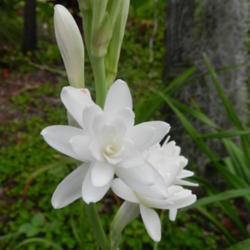

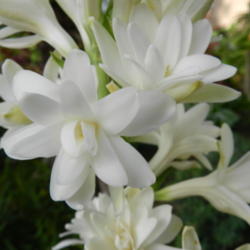
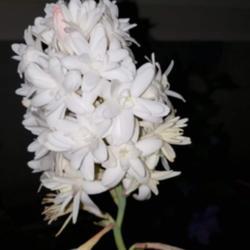
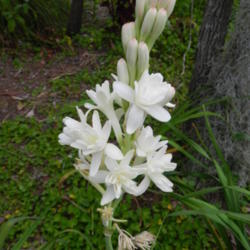
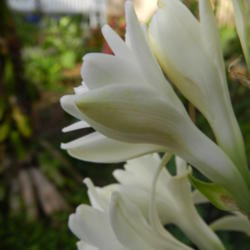
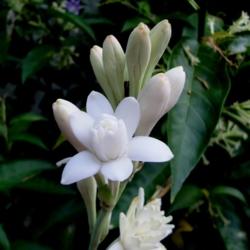
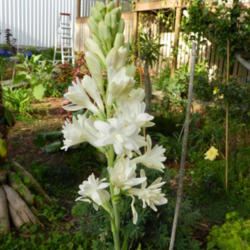
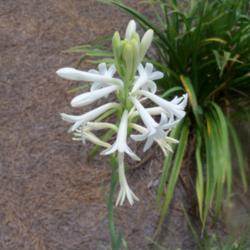

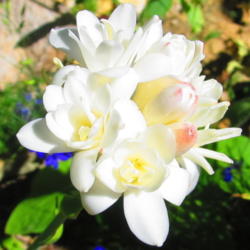
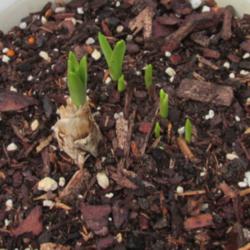
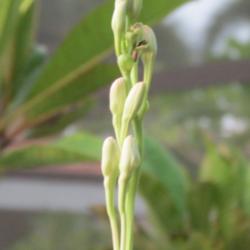
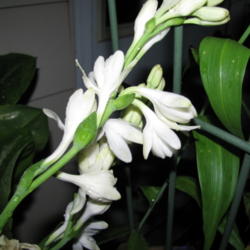
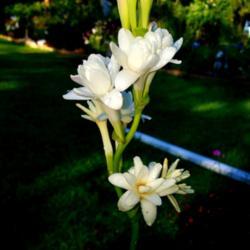
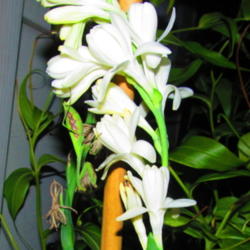
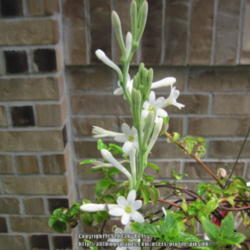


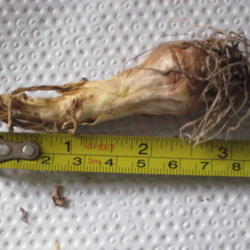
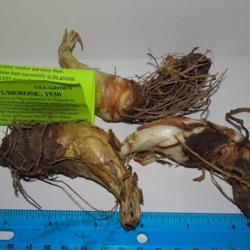
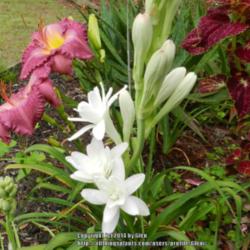
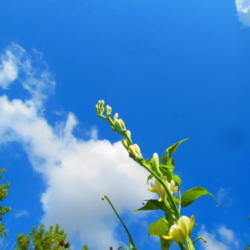

| piksihk | On July 4, 2023 | Miscellaneous Event Flower stalks appeared |
| piksihk | On April 29, 2023 | Maintenance performed Dug up huge clumps in ceramic round pot; gave to Sarah |
| piksihk | On July 8, 2022 | Bloomed first blooms in many years after being transplanted out of pot. These are intermingled with freesia laxa |
| piksihk | On September 7, 2015 | Transplanted HW; the clump from square bed |
| Chillybean | On October 24, 2015 | Obtained plant A friend's gift; need to wait to put in the ground next spring. |
« Add a new plant to the database
» Search the Agaves Database: by characteristics or by cultivar name
« See the general plant entry for Agaves (Agave)